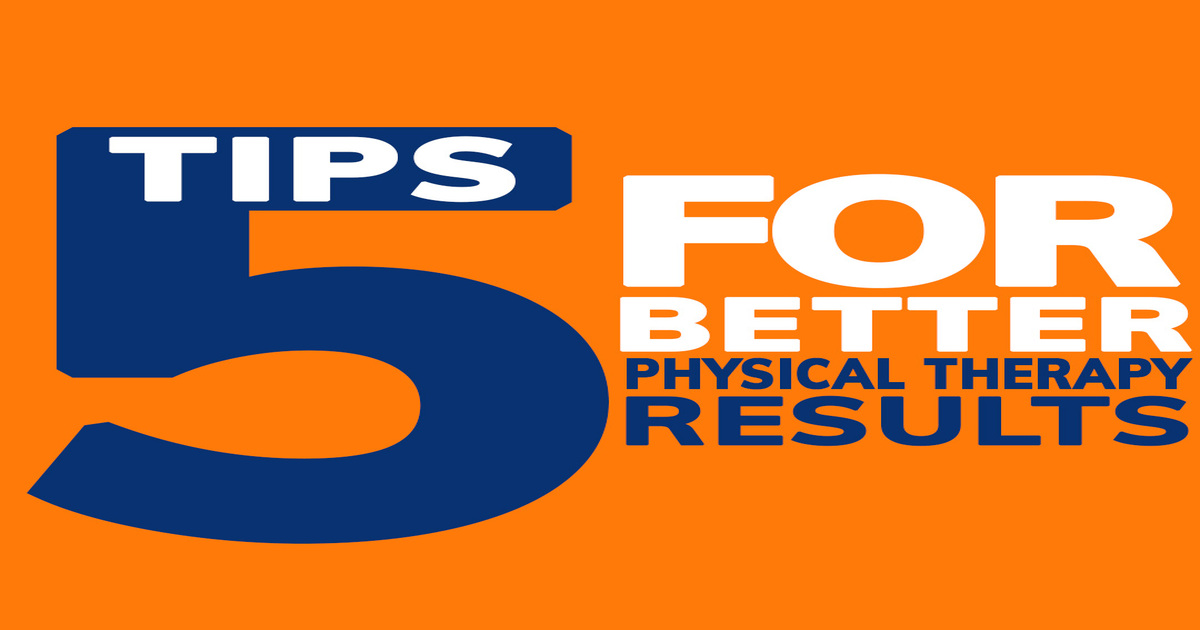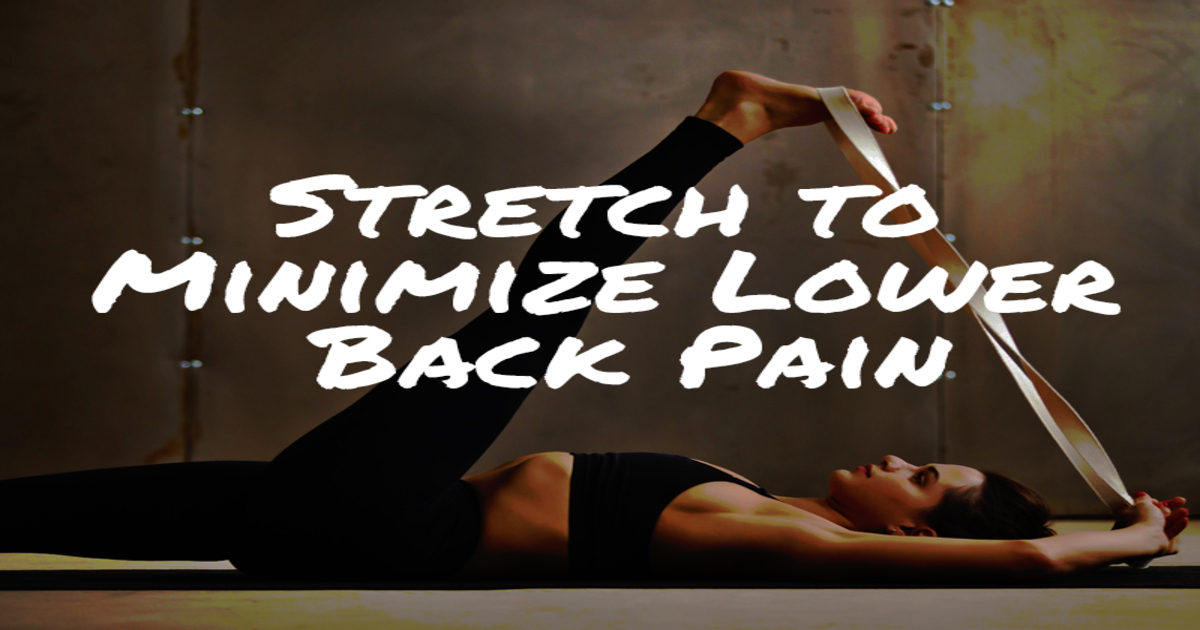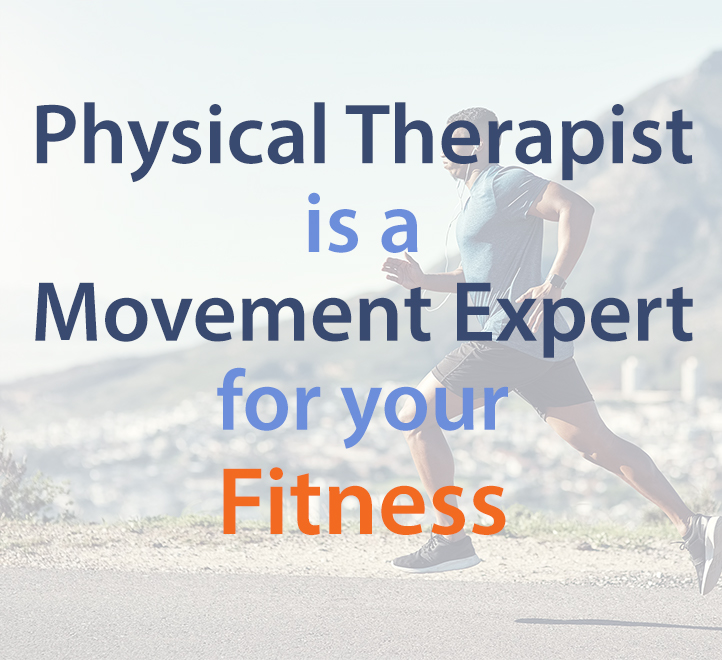5 Tips for Better Physical Therapy Results
Physical therapy is a highly effective method for rehab from surgery, injuries or chronic pain. There are many different reasons to visit a PT. For example, at least 40% of people have seen either a doctor or physical therapist for their lower back pain. No matter your reason for attending these appointments, your well-being hinges on several factors. While your physical therapist has an important role in this recovery, you can also determine the effectiveness of treatments yourself. By having open communication and holding yourself accountable, you can make your therapy as effective as possible.
If you are interested in getting checked out by a licensed Physical Therapist at Theramedic Rehab, then take a moment to Schedule a free 15-minute consultation!
5 Tips for Better Physical Therapy Results
1. Ask a lot of questions
While you are working with your physical therapist, be sure to ask a lot of questions about the purpose of the movement or exercises you’re doing. This will help you understand exactly what your recovery process looks like. It’s also a good idea to ask how to modify movements or exercises so you can perform them at home on your own. The best physical therapists will be very open about your plan of care and realistic outcome.
2. Continue your exercises or movements at home
At the end of every session, your Theramedic Rehab physical therapist will likely send you home with a set of exercises or movements to do. Make sure that you are sticking to these instructions in between appointments. You may not need any physical therapy equipment for this, but your PT will be able to recommend any special tools you may need to buy. Patients who stick with their home exercise program often times have a speedier recovery compared to those who do not.
3. Remember to be patient
Patients likely don’t see immediate results, and that can become frustrating. This type of rehab takes time, and your body will regain its strength or range of motion little by little. Do your best to keep a positive attitude. A support system of friends and family may help with this.
4. Be consistent
To patients, it may seem after a few sessions with a physical therapist that they can handle their own care through home exercises. However, consistent, scheduled appointments are very important for patient success. Patients should keep their referring doctor updated on their physical therapy progress. This may require follow-up appointments or phone calls. Having this integrated care is important for patient recovery.
5. Establish and celebrate small goals
A key part of physical therapy recovery is setting goals. That being said, the goals should be realistic, yet challenging. A good goal setting plan involves setting sub-tasks with the big picture goal in mind at the end of the tunnel. Once a goal has been met, go ahead and celebrate!
Fun facts about physical therapy:
- Physical therapists are trained in massage. A massage performed by your therapist is used to reduce tightness and work on tissue mobility.
- Several conditions you may not realize can be treated with physical therapy including dizziness, headaches, concussion, and jaw pain.
- Studies have shown that physical therapy can be as more effective than surgery to address a range of knee and back conditions.
- 30% of physical therapy patients attend all of the visits that their insurance company authorizes per plan of care.
- In 2013, Forbes Magazine ranked Physical Therapists as having one of “The Ten Happiest Jobs”.





